Continuation...
Upon arrival at the vineyard, the 2025 agroforestry system was presented. It was explained what syntropic agriculture consists of, the planting method used, the crops and varieties planted, and what is intended for the next spring/summer planting, as well as future plans for that area.
The visit continued through the vineyard, where grape varieties and cultural operations carried out and planned for the future were discussed. There was also a discussion about the implementation of pasture, ground cover, and methods of incorporating organic matter into the soil. It was also mentioned what will soon be carried out in the 4 experimental vineyard lines.
Finally, the visit to the 2024 agroforestry system, where the implemented crops, cultural operations already carried out, and the intended goals for that area — previously occupied by eucalyptus — were discussed. Future intentions for that zone were also mentioned.
On the way back to the house area, the teacher spoke briefly with the students to explain that there are not only farms focused on intensive crop production, and that it is possible to practice less aggressive cultivation techniques towards the environment. It was also mentioned that farms like Vale da Esteva are very important for soil regeneration and environmental recovery. This short lesson concluded the visit.



